Stretching is important to counteract the natural forces of everyday movements and activities like weight training, which shortens muscles and other soft tissues such as tendons and ligaments.
This ensures better balance, movement efficiency and improved biomechanical function, which all help to improve performance and reduce your risk of injury.
There are a number of ways you can stretch a muscle, including the more common static and dynamic forms of stretching, and myofascial release. However, the most effective stretching technique to enhance both active and passive range of motion (ROM) is called proprioceptive neuromuscular facilitation (PNF).
The biomechanics of PNF
The science behind the effectiveness of PNF stretching and its biomechanical benefits is the reflex relaxation that occurs within the muscle and tendon structure (known as the musculotendinous unit) being stretched, which facilitates muscular inhibition.
This stretch-relax mechanism works because joints are controlled by two opposing sets of muscles – namely extensors and flexors – which must work in synchrony for efficient movement. Muscular inhibition happens when muscles on one side of a joint relax to accommodate the contraction of the muscle on the other side of that joint.
PNF stretching works by taking immediate advantage of the increased ROM that occurs during an isometric stretch, as the muscle performing the isometric contraction is relaxed and therefore retains its ability to stretch beyond its initial maximum length. This allows us to train the stretch receptors to a greater degree than static or dynamic stretching, to get them used to this increased range of muscle length.
PNF techniques
PNF techniques combine passive and isometric stretching in three main types of stretches, which include passive (no associated muscular contraction), active (voluntary muscle contraction) and a ‘holding’ technique.
PNF techniques require a partner, or another mechanism that can facilitate a contraction and deeper stretch, to actively stretch the participant. This isometric PNF stretching mechanism works by performing a stretch close to your maximum level of flexibility. That muscle is then flexed or isometrically contracted in that position for 10-20 seconds, and is then released. The initial stretch is then repeated, where you should be able to stretch further than you did before the contraction.
PNF can be used once or twice a week to supplement daily static and dynamic stretching routines. However, PNF stretching shouldn’t be done before another workout. It should be done in isolation, and only after a thorough warm up, which includes some light activity and some static stretching to improve peripheral blood flow and ‘loosen’ the muscles..
PNF stretching guidelines
Once you reach your near maximal stretch, hold the isometric contraction for at least 10-20 seconds. Follow that with the relaxed stretch for at least another 20 seconds. Perform 2-4 sets per stretching exercise. Stretch once or twice a week.
Types of PNF stretching:
Hold Relax:
Place the muscle in a near maximal stretched position. Isometrically contract the muscle. Passively move the muscle into a stretched position that surpasses the previous near maximal point and hold.
Contract Relax:
Passively place the restricted muscle into a position of stretch, then isometrically contract the muscle for a minimum of three seconds at a sub maximal effort (20-50% of max) to avoid muscle fatigue and injury. After the contraction relax the muscle and activate the opposing muscle to move the limb into a greater position of stretch.
Contract Relax Antagonist (Agonist) Contract (CRAC):
Passively stretch the agonist muscle, then isometrically contract it maximally. Follow that with another passive stretch of the agonist muscle, followed by a maximal isotonic contraction of the antagonist muscle.
Slow reversals:
An isotonic contraction of the agonist is followed by an immediate contraction of antagonist.

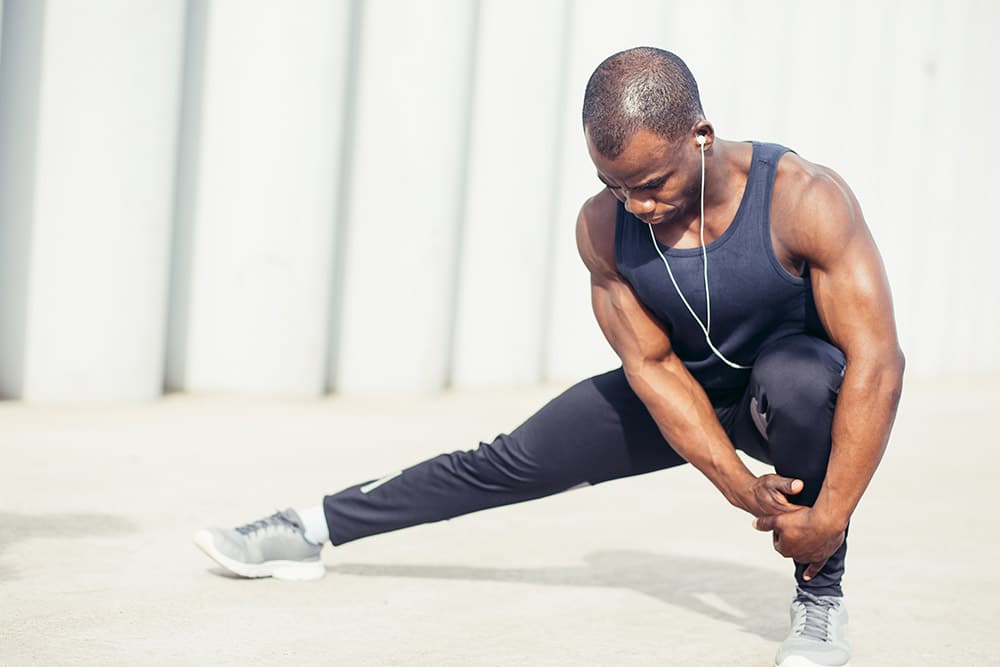
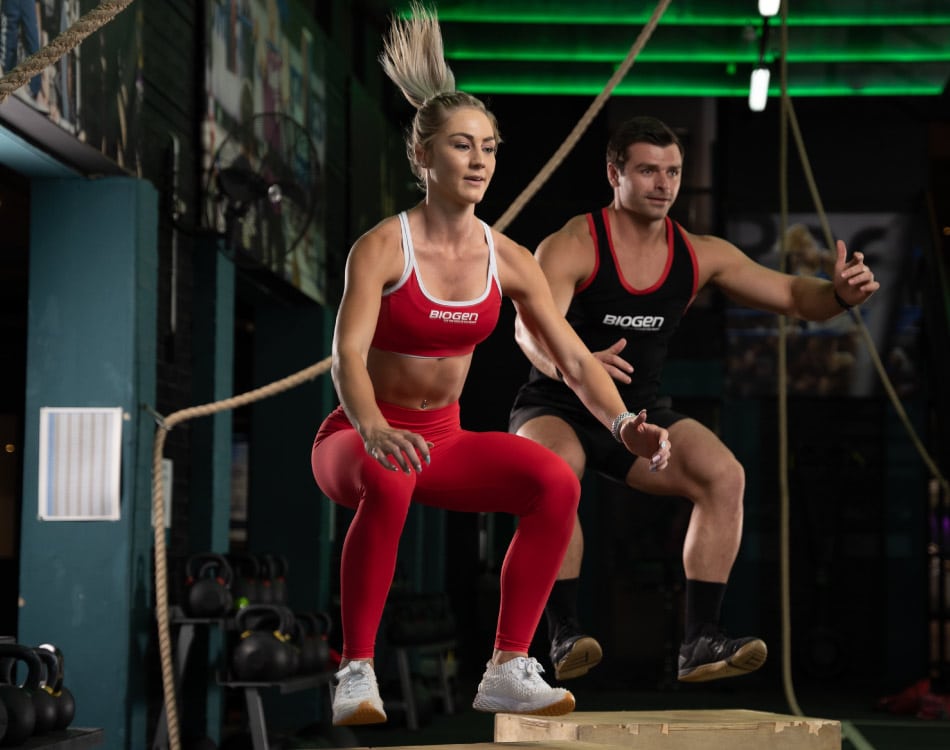



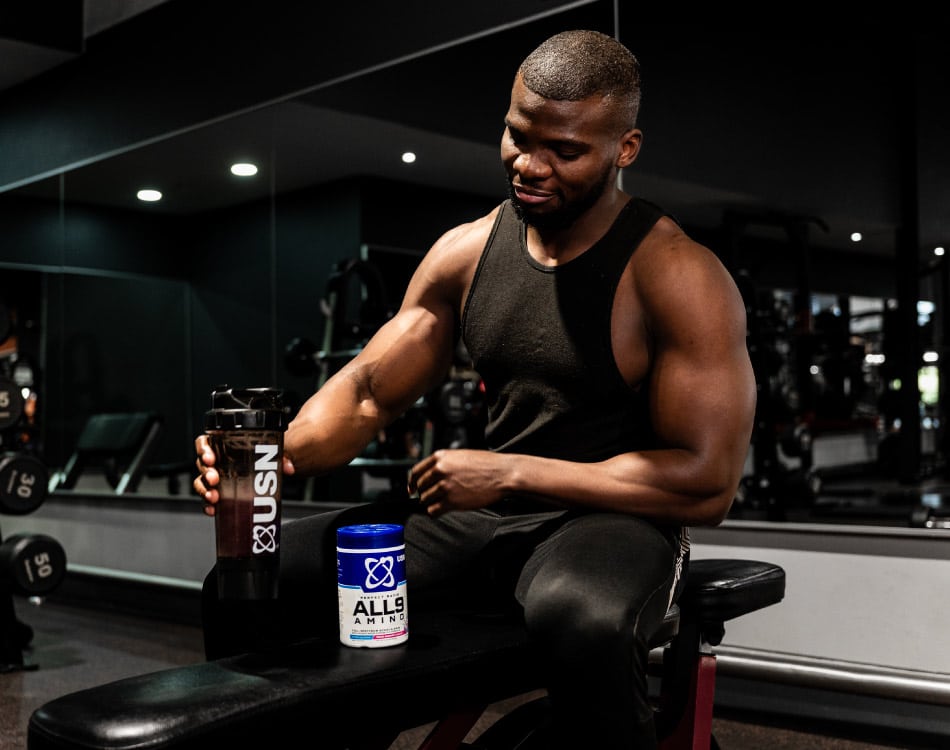



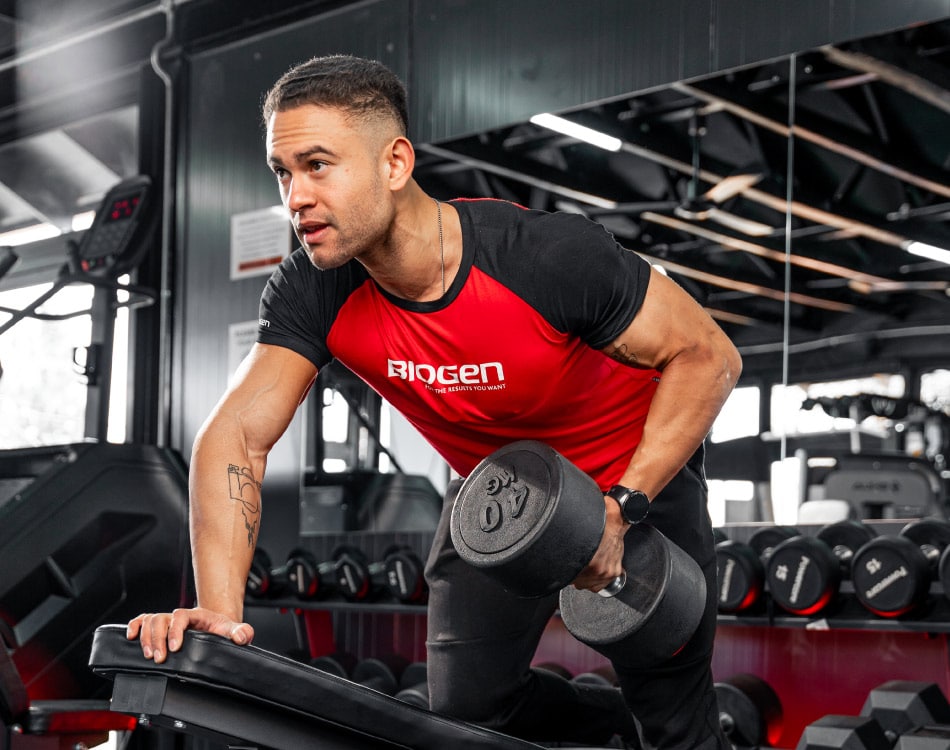

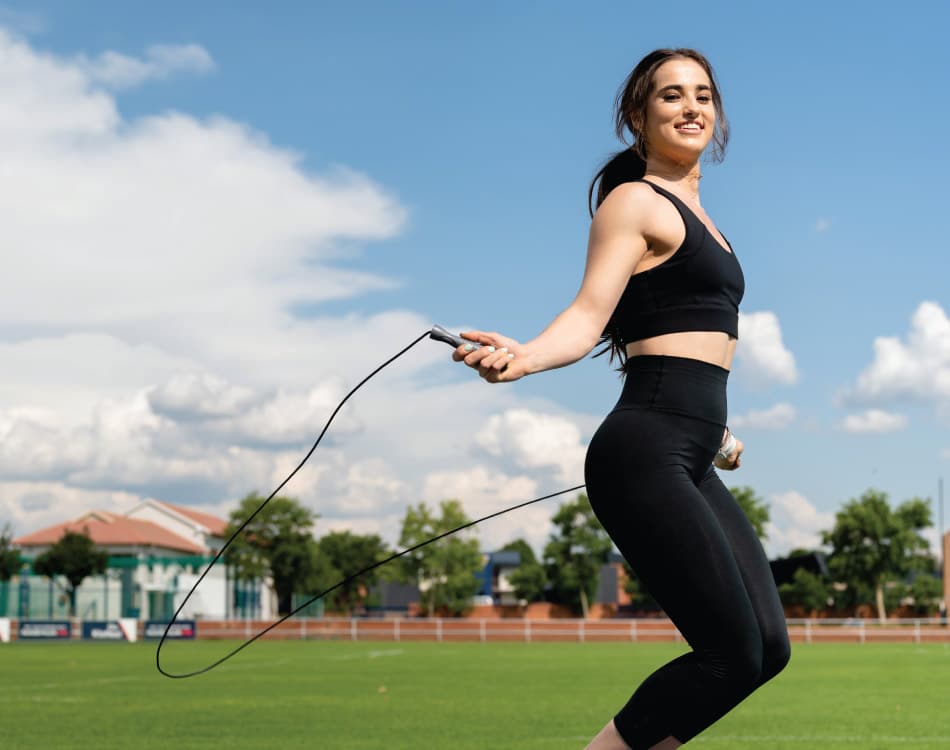




Leave A Comment